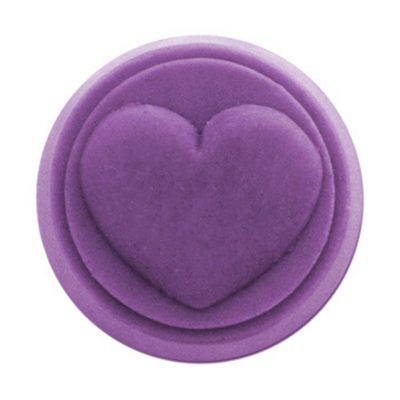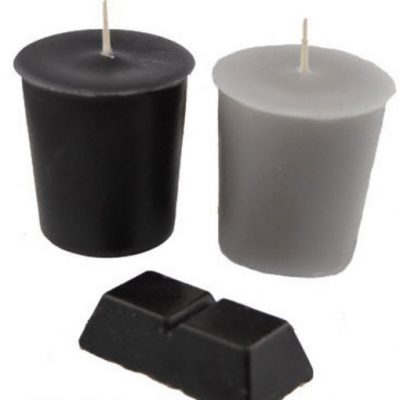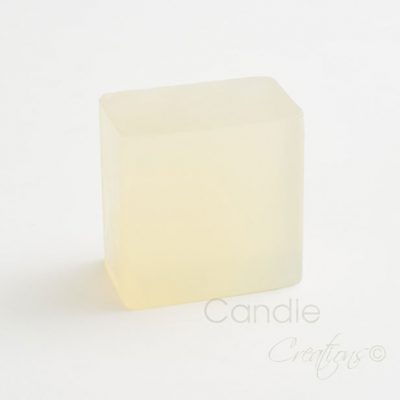Candlelight can come at a cost if the materials you’re using aren’t sustainable. Many traditional cheap candles are made with petroleum-based paraffin wax, which releases harmful chemicals when burned, and synthetic fragrances that can pollute indoor air. The good news? It’s entirely possible to create beautiful candles that are kind to both the planet and your home.
If you’ve been thinking about how to make your candle creations more eco-friendly, this guide is for you. From choosing natural waxes to reducing waste, these sustainable tips will help you craft candles that glow greener.
Why Choose Eco-Friendly Candle Making?
Before we jump into the tips, you might wonder why eco-friendly candle making matters. Here are a few reasons to consider going green with your candles:
- Better for the Environment: Sustainable materials like soy wax and beeswax are biodegradable and renewable, unlike paraffin wax which is derived from petroleum.
- Healthier for Your Home: Eco-friendly candles burn cleaner, producing less soot and toxins that could otherwise compromise indoor air quality.
- Supports Sustainable Habits: By reusing containers, sourcing local materials, and choosing sustainable options, you’re contributing to a more circular economy.
Now, onto the tips for crafting candles that care for the planet.
 Choosing the Right Eco-Friendly Materials
Choosing the Right Eco-Friendly Materials
1. Opt for Natural and Renewable Waxes
The foundation of any candle is its wax, and the type you choose can greatly impact its environmental footprint. Here are some planet-friendly options:
- Soy Wax
Derived from soybeans, soy wax is a popular choice for sustainable candles. It’s renewable, biodegradable, and burns slowly, which means your candles will last longer. Look for 100% soy wax and ensure it’s responsibly sourced like GW464 and All Seasons Wax.
- Beeswax
One of the oldest forms of candle wax, beeswax has a natural honey-like aroma and produces bright, clean-burning candles. Beeswax is not only renewable but also helps purify the air as it burns by releasing negative ions.
- Coconut Wax
Made from the meat of coconuts, this renewable wax has gained popularity for its luxurious, slow-burning properties. It’s a great alternative for those seeking an eco-friendly and vegan option.
- Palm Wax (Sustainably Sourced)
Although palm wax can be controversial due to deforestation concerns, sustainably sourced versions certified by Roundtable on Sustainable Palm Oil (RSPO) can be a responsible choice.
 2. Choose Eco-Friendly Wicks
2. Choose Eco-Friendly Wicks
The wick plays a crucial role in how a candle burns, but not all wicks are created equal. Conventional wicks might include a lead core or synthetic materials that release toxic fumes. Here’s what to look for instead:
- 100% Cotton Wicks
Cotton wicks are biodegradable and deliver a steady, clean burn. Ensure they contain no metal core. Both our ACS wicks and CDN wicks are egyptian cotton with no lead or zince.
- Wooden Wicks
Wooden wicks are a sustainable and stylish option. Made from natural wood, they offer a calming crackling sound akin to a fireplace.
- Hemp Wicks
Hemp is a highly sustainable crop and produces strong, durable wicks. These are particularly great for heavily scented candles due to their steady flames.
3. Opt for Non-Toxic Fragrance Oils
The wrong fragrance oil can release synthetic chemicals into the air. For a greener alternative:
- Look for Natural Fragrance Oils
 Many oils are now created especially for candles and diffusers, these natural fragrance oils offer a wider scent variety without sacrificing eco-friendliness.
Many oils are now created especially for candles and diffusers, these natural fragrance oils offer a wider scent variety without sacrificing eco-friendliness.
- Avoid Phthalates
Phthalates can be harmful to health and the environment. Always check product labels for phthalate-free options.
Reducing Waste in Candle Making
1. Reuse Containers
Glass jars, tins, and even ceramic bowls can be repurposed into candle containers, giving a second life to items that might otherwise end up in the bin.
- Clean and Refill
Once your candle burns out, clean the container by freezing it to remove leftover wax or using warm soapy water. Refill it with new wax to create a “new” candle.
- Get Creative
Don’t limit yourself to traditional jars. Teacups, mason jars, or old mugs can make charming, unique candle containers.
 2. Use Minimal and Recyclable Packaging
2. Use Minimal and Recyclable Packaging
If you’re making candles as gifts or selling them, opt for simple, eco-conscious packaging.
- Skip Plastic Wrap
Use recyclable kraft paper, biodegradable tissue paper, or hemp twine to wrap your candles.
- Label Thoughtfully
Use recycled paper or plantable seed paper for your labels. It not only minimises waste but offers an added eco-friendly touch.
- Go Bulk for Supplies
Buy the materials you use frequently (e.g., wax, wicks, jars) in bulk from a wholesaler to reduce packaging waste.
3. Save Wax Scraps
Leftover wax from past candle projects can be made into tea lights – so always remember to have some on hand when you make candles.
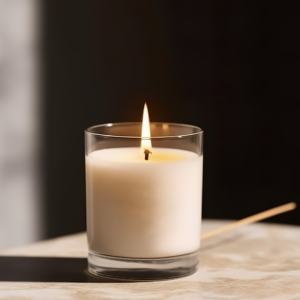 Tips for Eco-Friendly Candle Use
Tips for Eco-Friendly Candle Use
How you use your candles makes a difference too! Here are some sustainable habits to adopt:
- Burn Responsibly
Extinguish your candle after 3-4 hours to prevent wasting wax and avoid overheating the container.
- Trim Wicks Regularly
Keep the wick trimmed to around 5mm to ensure a clean burn and maximise the candle’s lifespan.
- Reuse the Jar
Once your candle is fully burned, clean out the jar and upcycle it into something new—a plant pot, pen holder, or even another candle.
 Benefits of Eco-Friendly Candle Making
Benefits of Eco-Friendly Candle Making
Making sustainable candles isn’t just about helping the environment—it has benefits for you and your customers:
- Cost-Effective
Reusing materials like jars and leftover wax cuts down on costs, making eco-friendly practices economically sustainable too.
- Healthier Living Spaces
With non-toxic materials, your candles will create a healthier home environment with fewer pollutants.
- Creates a Unique Selling Point
If you’re selling candles, eco-conscious consumers are increasingly drawn to sustainable products. Highlighting your use of natural materials and minimalist packaging can set you apart in the market.


